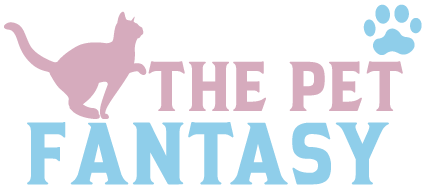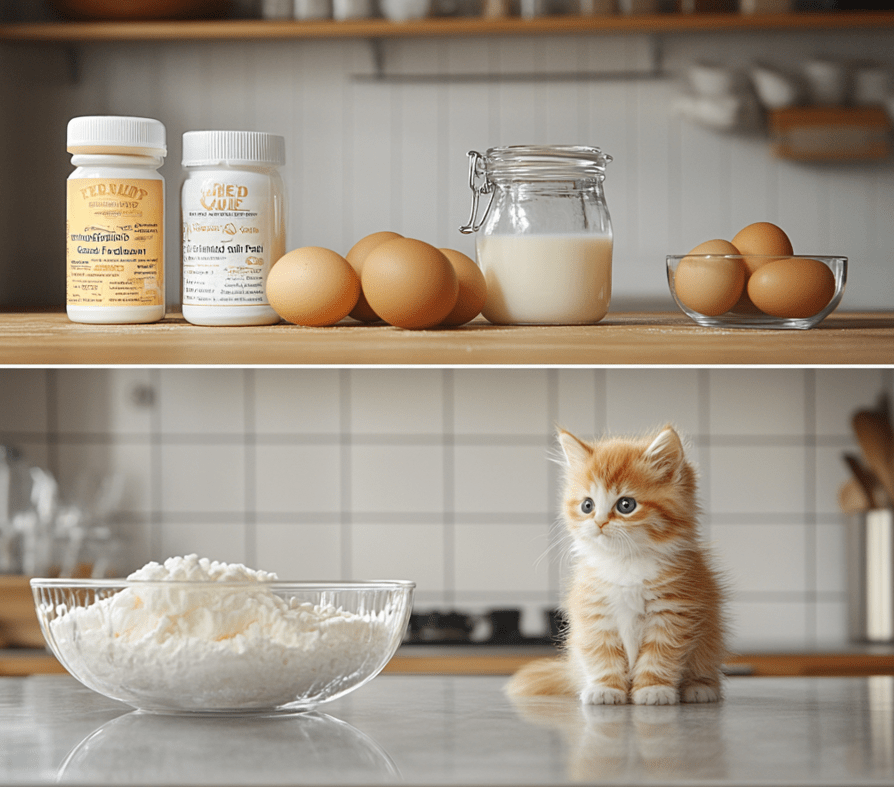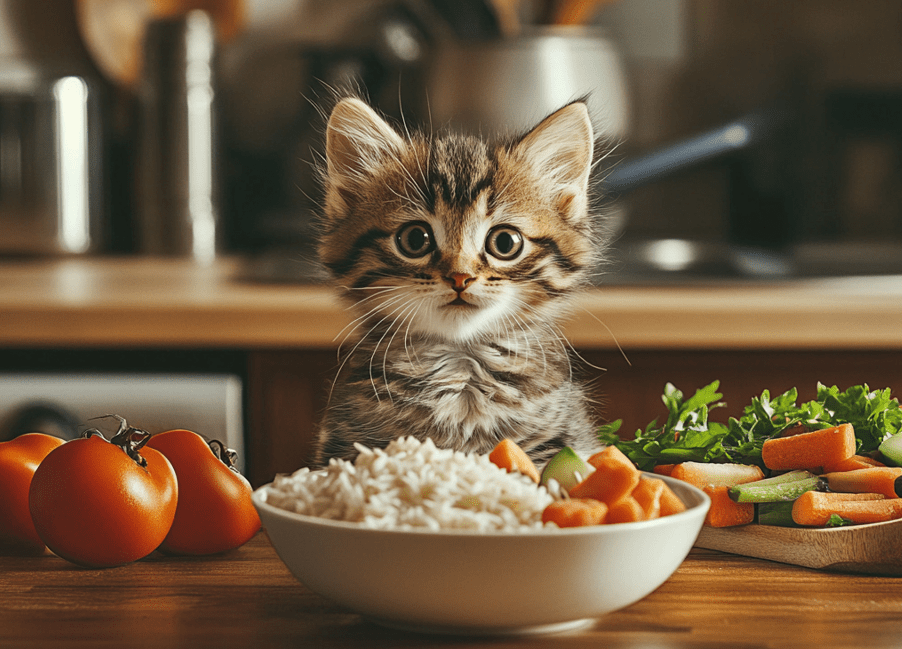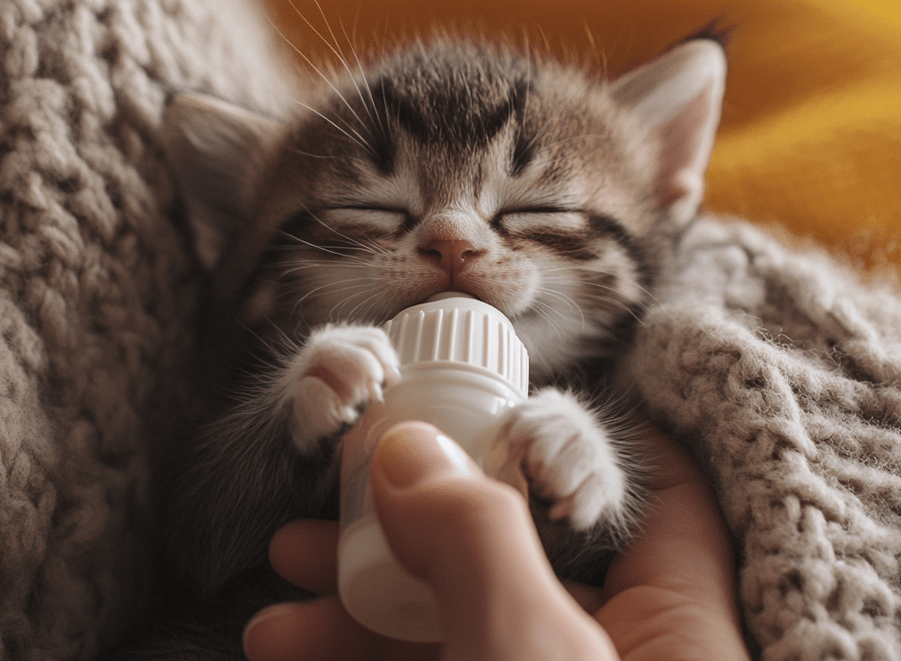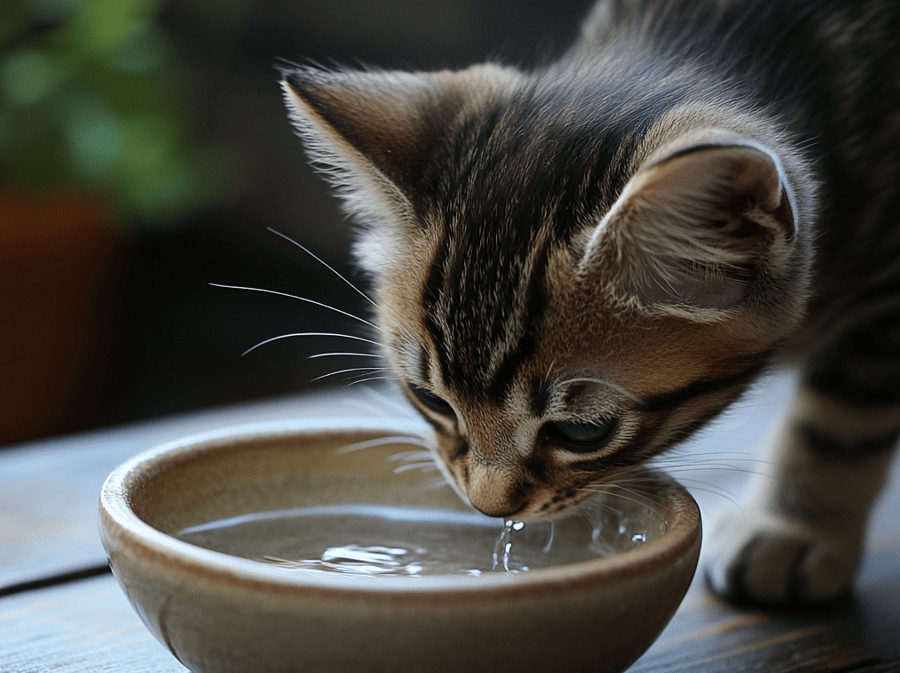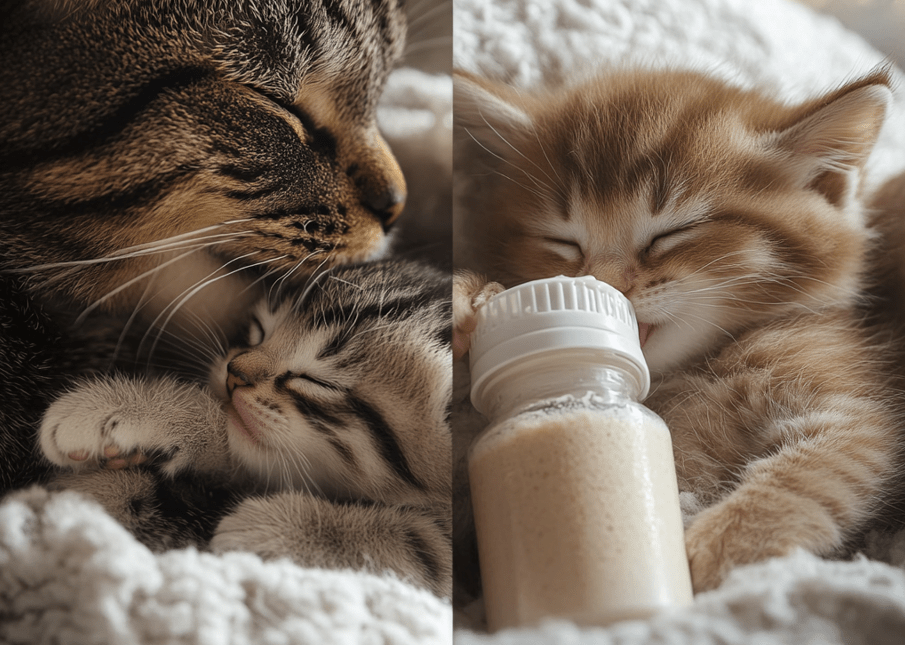
The homemade kitten milk replacer, also known as formula, is a vital resource for kittens that are unable to nurse or when no lactating mother cat can be found. Cat milk substitute Cat milk replacer known colloquially to breeders as “kitty glop” is a common way to feed orphaned kittens. It is also good for starving newborns and said to be ideal for kitties that are a little hungrier or need the nutrition.
In an ideal world, kittens are born and raised by their mothers. A mother’s milk also contained all the essential nutrients required to support healthy growth and development during the first weeks of a baby’s life. But sometimes a mother’s milk is not available, either because the mother cat won’t nurse or can’t and the kitten is too weak to nurse. In those cases, a kitten milk replacer is needed to provide the kitten with the essential elements it needs to survive.
It’s essential to learn how to make and give a kitten milk replacer for anyone who faces such situations. This guide provides advice on how the formula can be prepared, as well as how safe it is for kittens to feed properly at this important time in their lives.
To watch the summary of this article, just watch this video-
What Is Kitten Formula and When Should It Be Used
Kitten formula, often called kitten milk replacer, is what you would feed a baby cat if his mother were not around. Mother cats only provide these nutrients if they are allowed to nurse from the mother cat. If a kitten is orphaned or separated from its mother before weaning is complete, you will need to purchase a milk replacer for bottle-feeding. Similarly, this is a good formula that can be given to reject by mother kittens. At about three to four weeks of age, you will start switching the kitten from formula towards more solid foods like wet kitten food.
Kitten Formula Buying Guide
There are a few critical factors to consider when choosing the perfect milk replacer for your unweaned kitten.
Powder versus Liquid
First, decide if you want a powdered formula that you can mix with water or liquid right out of the bottle. Both options require warming up before feeding. Liquid preparations should be well-shaken before being warmed and administered.
Opened powdered formula can be kept up to three months before the expiration date or for six months if you freeze it. On the other hand, liquid formula once opened is only good for 14 days so that must also be taken into consideration while making your purchase.
Feeding Equipment
Furthermore, you will want to be sure you have the right equipment for feeding the formula (syringe or baby bottle) in appropriate amounts for your kitten. However, she may respond to a syringe with a nipple rather than a traditional bottle if she is very young; Consequently, a single pack of feeding bottles may help you unless you get the bottle starter kit then you have three options of bottles with measuring marks for your kitten.
Kitten Formula Options- Homemade vs. Commercial
If you have not already consulted with your veterinarian regarding the preparation of homemade kitten formula, it is strongly advised that you choose a commercially available product. These formulas are formulated to be as much like mom’s milk and provide all the necessary nutrients essential for a kitten proper and healthy growth.
Veterinarians do not recommend trying to make your own kitten formula. Growing kittens need minerals, vitamins, carbohydrates, protein and fats in just the right ratios to become healthy adult cats. Young kittens are not able to withstand any nutritional deficiencies that can even have fatal consequences and hence if they are fed a well-balanced, commercially prepared diet it is best.
The commercial kitten diets provide complete nutrition developed for growth and have a good shelf stability, palatability, and convenience at relatively low costs. However, if you are interested in creating a homemade kitten milk replacer, we would highly suggest consulting with a board-certified veterinary nutritionist. These sources are available to create a balance, such as the specific diet for kittens that is safe.
Even though there are several homemade kitten formula recipes out there, you should always use a commercial kitten milk replacement from a pet store if possible. This is the best kitten formula as it is designed to provide a well-balanced nutritional diet for your kitten. In other cases, though, whenever a store-bought milk replacement is unavailable to you because of various reasons, you can still fall back on homemade using nothing but such basic ingredients that are in place without even needing anything else.
Make sure it is a recipe you can make easily and only use it as a temporary solution until you buy some real milk replacement. Remember, homemade kitten formula is a temporary solution and should only be kept at room temperature for up to 24 hours. It is important for the health of the kitten that they are fed a fresh formula.
Kitten Formula Recipe #1
1.1 quart of whole goat’s milk
2.1 tsp light Karo syrup
3.1 tablespoon of goat yogurt(recommended to be non fat and plain)
4.1 egg yolk
5. Unflavored gelatin (measurements need to be adjusted based on age)
6.Newborn to 1 week: 1 package
7.2nd week: 1.5 to 2 packages
8.3rd week: 2.5 to 3 packages
9.4th week: 4 packages
Directions: Combine gelatin and goat’s milk (goat’s milk to be used instead of any other milk) in a saucepan, ensuring the correct amount of gelatin is added based on the age of your kitten. Heat it until the gelatin has dissolved, Take it out and let it cool. You should also need to stir in the other ingredients, and then store the recipe in one icebox. Keep the mixture for a week.
Emergency Kitten Conformity Formula #2:
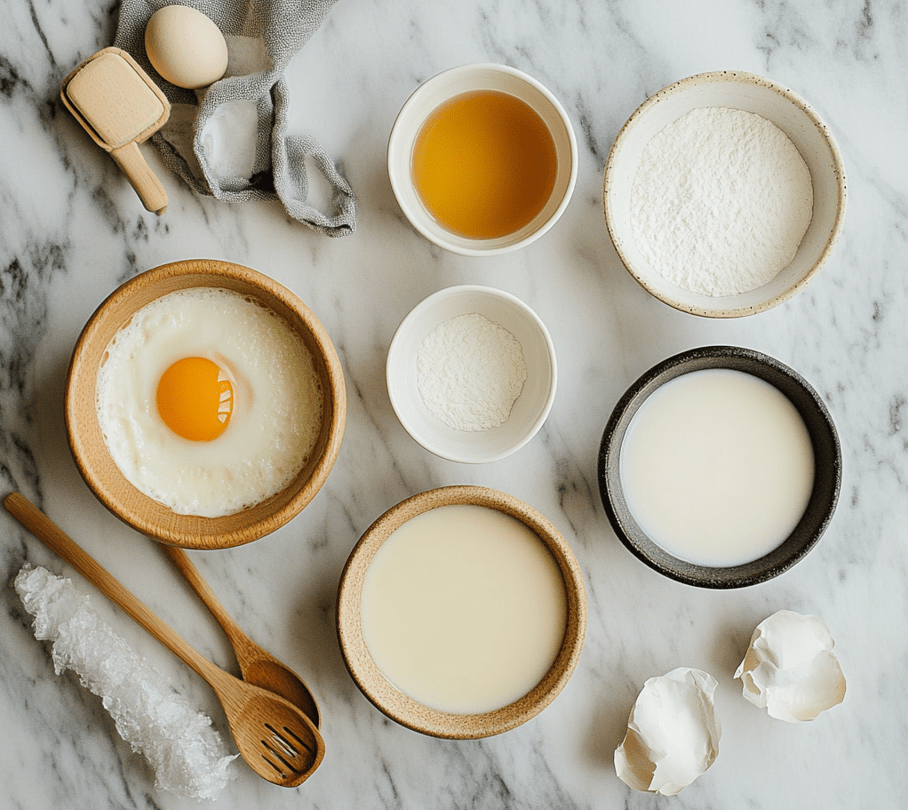
1.1/2 lb homogenized whole milk
2.2 egg yolks
3.1 teaspoon of salad oil
4.Optional: 1 drop liquid pediatric vitamin
5.Combine all ingredients well and store in a container, refrigerate.
Emergency Kitten Conformity Formula # 3:
1.1/5th boiled water, 4/5ths evaporated milk
2.1/ 2 tsp. bone meal per 16 oz. liquid
3. Mix well and refrigerate.
Emergency Kitten Conformity Formula # 4:
1.1 can of evaporated milk
2.1 egg yolk
3.2 tablespoons of corn syrup
4. Liquid pediatric vitamins 1 drop (optional)
Combine milk, egg yolk and corn syrup, place in a jar with a top and refrigerate. During feeding, mix 1/2 of the total feeding quantity with equal boiling water. Give each kitten 1 drop of liquid pediatric vitamins in their share once a day.
How to Feed a Newborn Kitten
If you bottle-feed a kitten, it is important to have special baby bottles intended for this. Online retailers and pet supply stores sell these tiny baby bottles, which come outfitted with appropriately-sized kitten’s nipples. They are made with a small design to facilitate their use in handling and also, can fit into low-formula powders.
If you can’t find a special baby bottle, try to use a needleless syringe instead and especially when the kitten does not like the bottle. These oral syringes for this purpose can usually be obtained from pharmacies.
Either way, warm up your formula (homemade or commercial kitten milk replacer) before feeding. Check for temperature by placing a few drops on the inside of your wrist, where it should feel lukewarm or even cool, never hot. Heat in a microwave is not recommended.
A lot of people heat it up by putting the full bottle or syringe in a pot with hot water. After the formula is known to be in a safe temperature range then you can feed the kitten.
Feed the kitten warmed formula every three to four hours as before, but instead of opening its mouth let it suckle as they would naturally be placed on their belly.
Kittens need about 8 mL of formula per ounce of bodyweight per day. For example, a 4-ounce kitten should receive 32 mL of formula per day, which can be fed as 8 mL every 4 hours.
